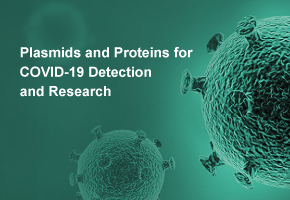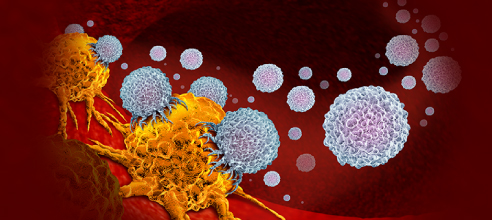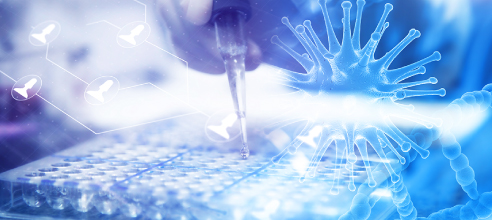How DMPK Adapts and Applies to Drug Development
Drug Metabolism and Pharmacokinetics (DMPK) is a core discipline in drug development that takes into account the biotransformation and other pharmacokinetic properties of drug compounds to assess drug safety. DMPK studies allow drug developers to experimentally evaluate the intrinsic properties of a drug candidate to verify that it can and will be cleared from the body when administered to a patient without the production of harmful by-products (metabolites) to dangerous levels of exposure (toxicity), or cause adverse side effects. Such in vitro and in vivo studies can also help drug developers predict potential risks early in drug development and provide nonclinical evidence to justify decisions or explain clinical observations.
An important risk that DMPK studies can help assess is the potential for drug-drug interactions (DDIs), which occur when a patient takes multiple drugs that cause adverse effects. Properly studying drug interactions with metabolizing enzymes and drug transporters in vitro can identify risks before first-in-human trials and help drug developers predict and plan clinical DDI studies or label restrictions if necessary. Pharmacology is the study of the purpose, action and mode of action of drugs. It consists of two complementary elements: Pharmacodynamics (PD), which describes the effect of a drug on the body once it reaches the site of action, and Pharmacokinetics (PK), which simply describes how the body acts on a drug and what happens afterward.
Drug metabolism describes the enzymatic conversion of drugs to other related compounds (metabolites), usually caused by drug metabolizing enzymes. The main goal of this transformation process is to make lipophilic molecules more hydrophilic (water-soluble) so that they can be eliminated. Metabolites of drugs can cause adverse reactions, and human and animals may metabolize drugs differently, so metabolism studies are an important part of preclinical drug development.
Metabolite characterization and identification studies allow drug developers to find out which metabolites are likely to be formed from the parent drug and whether any metabolites are unique to humans or are disproportionately higher in humans than in preclinical animal models. Qualitative metabolic profiles and proposed biotransformation protocols were also established in each species to determine which would most closely resemble the metabolism of drugs in humans. Comparing metabolite formation in humans and other species can help drug developers select appropriate animal models (species) early in development for definitive nonclinical studies.
Response phenotyping allows drug developers to gain insight into which cytochrome P450 (CYP) enzymes are responsible for the metabolism of drug candidates and to identify their underlying metabolism-mediated DDIs. Definitive reactive phenotyping experiments typically begin with a panel of recombinant human CYP enzymes to determine the potential activity of a particular CYP enzyme. Losses from parent drug or metabolite formation are measured and metabolic rates are plotted. These data were then confirmed by incubation with human liver microsomes (HLM) and selective CYP inhibitors. Metabolism by non-CYP pathways can also be detected, especially when hepatocytes are used, and can inform the need for follow-up studies.
Comparing potential toxicological species to each other and to human results allows them to select species with similar metabolic profiles to humans (including metabolites formed and metabolic pathways) for in vivo and in vitro definitive studies and allows them to identify any human specific metabolite.
- Like
- Reply
-
Share
About Us · User Accounts and Benefits · Privacy Policy · Management Center · FAQs
© 2025 MolecularCloud



